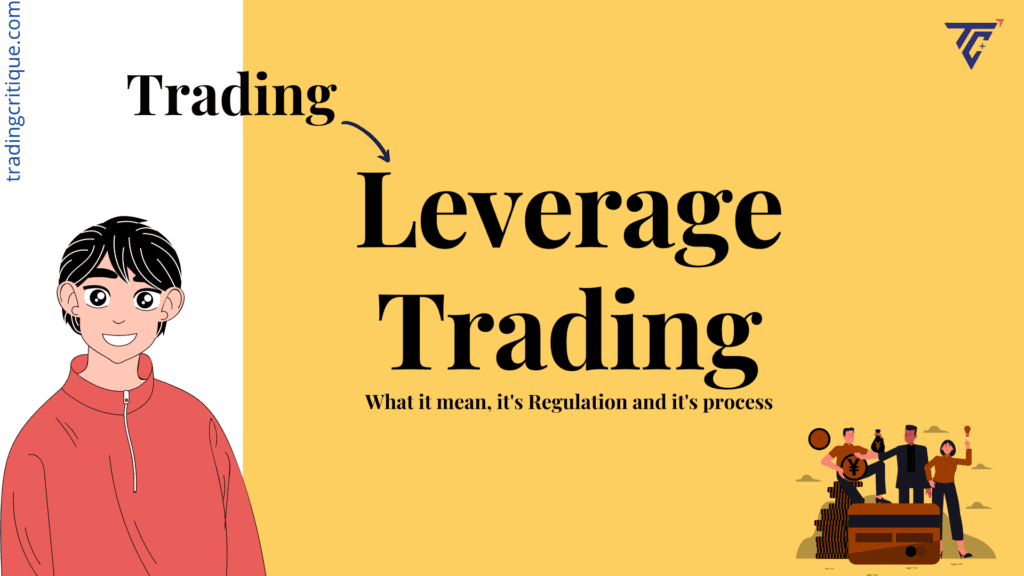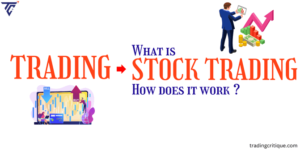In some cases when you get a margin call you may not be a situation to close your leverage trade. The service providers may not close the trade from their side and start taking the money from your trading account for this margin trade that is continuously facing losses.
At a specific point when all the money from your trading account is used for this losing trade, your account balance may go negative. So, you may need to repay the amount that goes into a negative account balance to the service provider.
This is a hectic and tedious situation for many traders. The traders may need to pay back more than they can afford and may go into debt.
To stop this kind of money from being taken from the trading accounts without your knowledge, the regulatory bodies who regulate trading brought up a scheme called Negative Balance Protection.
Under this scheme, the service providers cannot take money more than the amount present in your trading account. Once the balance of your account comes to 0, the service provider should definitely close that specific leverage trade.









